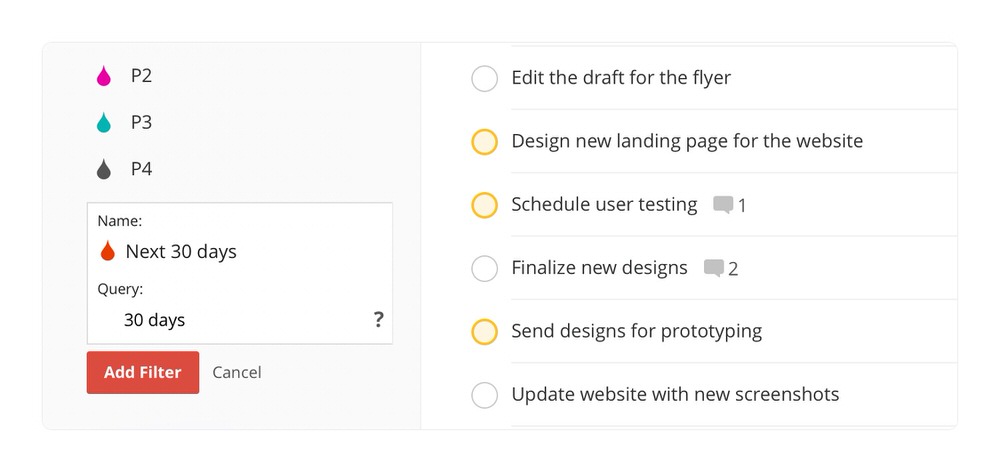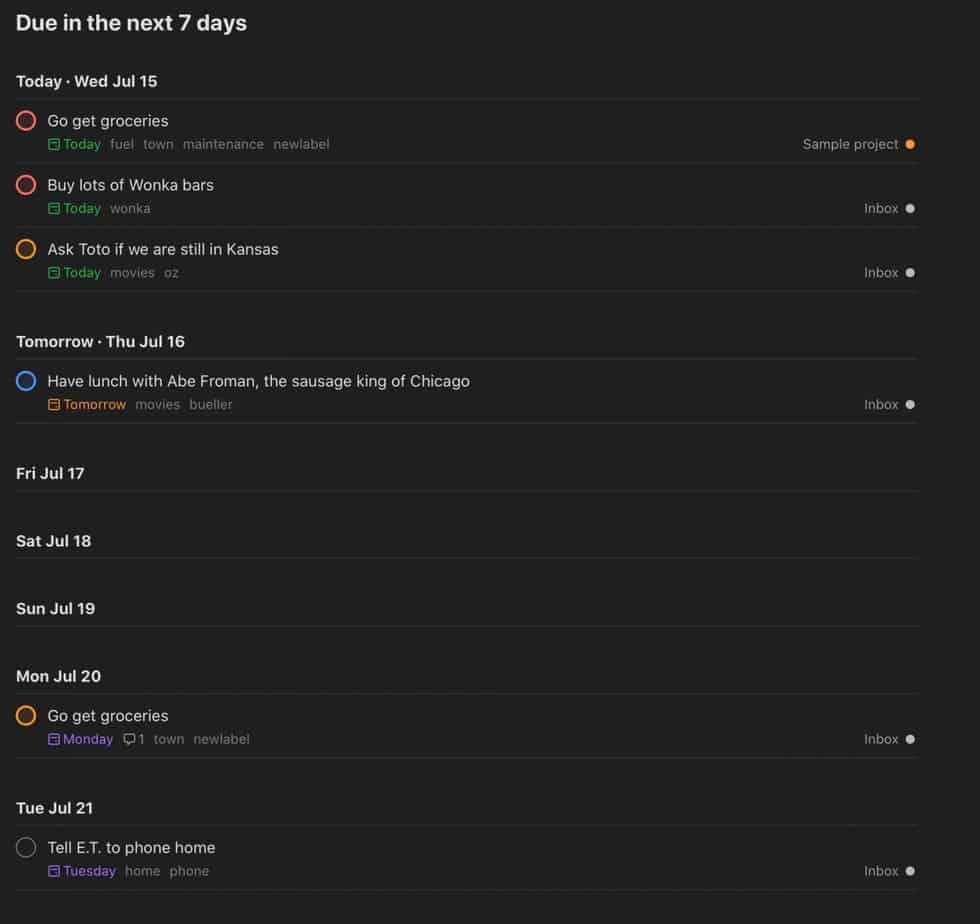

The key is to think about what filters will help you with your productivity most and then create those. Low Energy Emails – 5 Days would be & & 5 days”). You may want to exclude some of these queries from your choice of filters, or even add additional labels to them (i.e. I find that these filters are all I really need to move things forward on a daily basis, and I actually spend most of my time in the ones that have the “5 Days” component because they contain the day’s tasks along with ones for the rest of the work week. Normal Energy Tasks – 5 Days & 5 days).The ones I’m using most are as follows (Note: The query formulas are in parentheses): The filters I use are simple and help direct my work with as little friction as possible. Actually, by default there’s a filter that lists every task that doesn’t have a date assigned to it, so that may be a great place to start after you’re done reading this piece as you can start assigning due dates (or dates in general) to those tasks. You can now use “p:ProjectName” (without the quotes) as a search term.) That means you’re limited to dates and labels, which isn’t a bad thing if you’re using labels in a way that benefits your workflow and you’re using due dates regularly. (Updated on 12/18/14: Thanks to one of our readers, Steve, for pointing out that this has changed since this post was originally published. That’s not difficult to do and get great filter options because you cannot use projects in your search queries for filters. That thought process has affected my use of filters in Todoist, and that’s why I try to keep my filter search queries to no more than two components. Especially in Gmail.īecause filters can break…more so if they are too complex. In a lot of cases, I’m not a fan of filters. Then, use those labels as the key identifiers when building filters so that you can really hone in on what you should be working on at any given time. Instead, you should be paying attention to how you’re working in Todoist when you were using it without filters to figure out what labels matter most to you. You don’t want to think about what filter you should be spending time in too often. That’s why locations, people, apps, energy levels, and so on make for good contexts/labels.įilters should be just as limited, if not even more so.

With any task management app, you don’t need to concern yourself with how many projects you have, but the number of contexts (which are basically Labels in Todoist) should be limited because they should represent things that will be around far longer than projects.

I tend to use David Allen’s adage about inboxes when it comes to filters: have as many as you need but as few as possible. Filters in Todoist can really allow you to hone in and focus on tasks in a way that neither the Project or Labels View can, and in this post I’m going to offer 5 ways that you can get the most of filters in Todoist. Todoist offers a primer on Filters, but I’ve found that that primer is merely a stepping stone to what you can do with them in a real-time user scenario. Once you’ve become a seasoned user, you realize that switching back and forth between projects and labels can disrupt your workflow, so you finally open up that tab you’ve been avoiding: Filters. Initially, new users spend their time working in Projects and then slowly start adding Labels to the mix, allowing themselves to work with Labels as a trigger. The ability to really focus on tasks in Todoist isn’t limited to Project or Labels views.


 0 kommentar(er)
0 kommentar(er)
